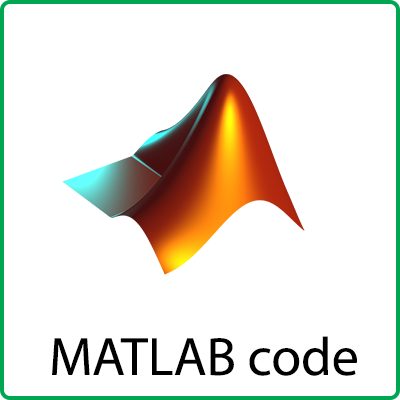Description
Where does the sparsity in image signals come from?
Local and nonlocal image models have supplied complementary views toward the regularity in natural images the former attempts to construct or learn a dictionary of basis functions that promotes the sparsity; while the latter connects the sparsity with the self-similarity of the image source by clustering.
In this project, we present a variational framework for unifying the above two views and propose a new denoising algorithm built upon clustering based sparse representation (CSR). Inspired by the success of l1-optimization, we have formulated a double-header l1-optimization problem where the regularization involves both dictionary learning and structural structuring.
A surrogate-function based iterative shrinkage solution has been developed to solve the double-header l1-optimization problem and a probabilistic interpretation of CSR model is also included. Our experimental results have shown convincing improvements over state-of-the-art denoising technique BM3D on the class of regular texture images. The PSNR performance of CSR denoising is at least comparable and often superior to other competing schemes including BM3D on a collection of 12 generic natural images.
Dong, Weisheng, Xin Li, Lei Zhang, and Guangming Shi. “Sparsity-based image denoising via dictionary learning and structural clustering.” In Computer Vision and Pattern Recognition (CVPR), 2011 IEEE Conference on, pp. 457-464. IEEE, 2011.

Denoising performance comparison for monarch image: a) noisy (σw = 20); b) BM3D (PSNR = 30.37dB, SSIM = 0.9209); c) K-SVD (PSNR = 29.89dB, SSIM = 0.9075); d) CSR (PSNR = 30.70dB, SSIM



Reviews
There are no reviews yet.